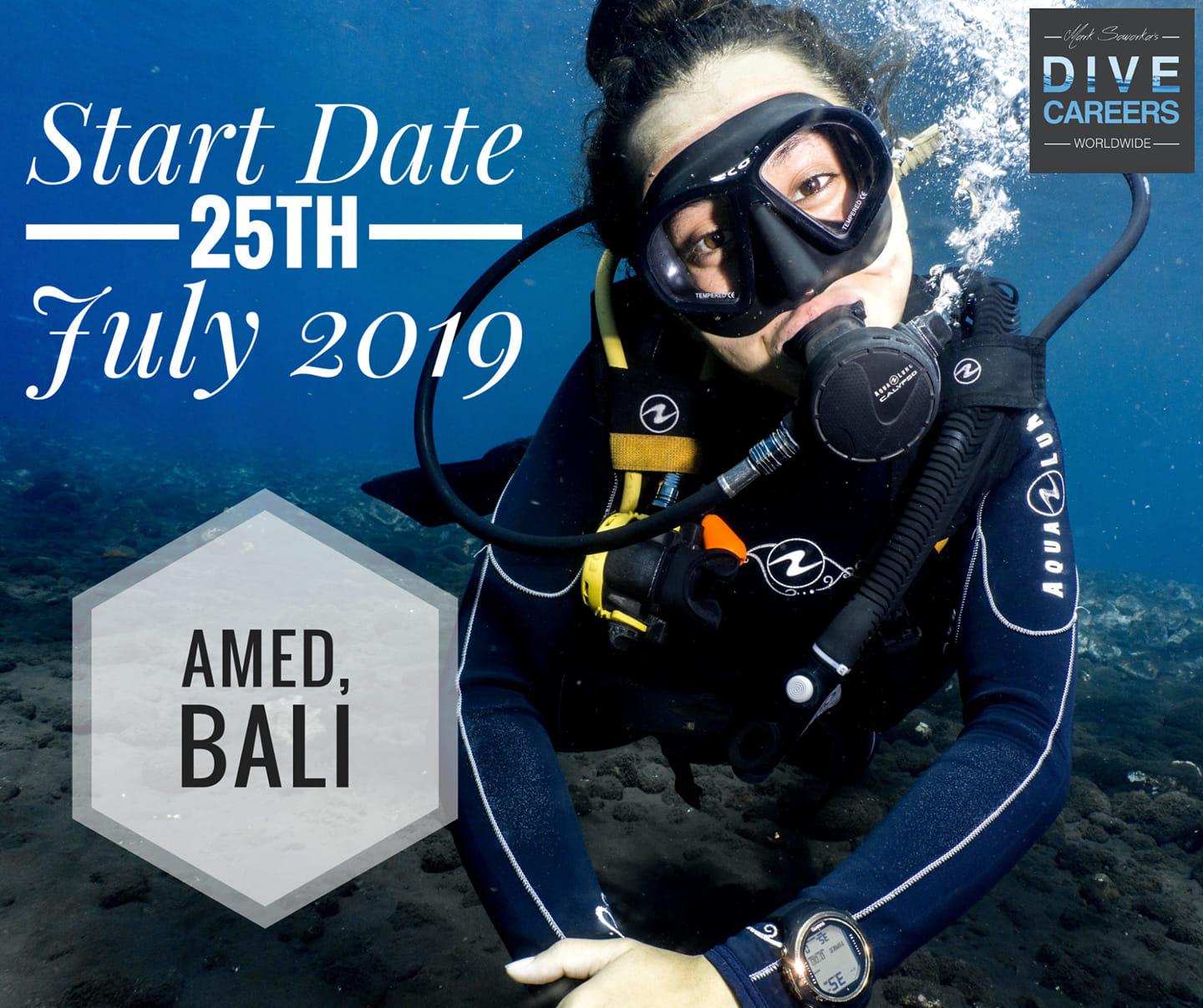Scuba diving is often perceived as an adventurous and somewhat daunting activity, but in reality, learning to scuba dive is a structured and manageable process that is accessible to many people. The combination of modern equipment, comprehensive training programs, and a supportive diving community makes it easier than ever to take the plunge into this underwater world.
Initial Curiosity and Interest
Many prospective divers start with a fascination for the ocean and its mysterious depths. This curiosity is the first step in making the learning process feel less like a chore and more like an exciting journey. The beauty of colorful coral reefs, the thrill of swimming alongside marine life, and the allure of underwater exploration provide a strong motivation.
Structured Training Programs
The journey to becoming a certified scuba diver begins with enrolling in a diving course. Organizations such as PADI (Professional Association of Diving Instructors) and NAUI (National Association of Underwater Instructors) offer globally recognized certification programs. These courses are meticulously designed to cater to beginners, breaking down the learning process into manageable steps.
Theory and Knowledge Development
The first phase of the training focuses on theory, where learners are introduced to basic principles of diving. This includes understanding the effects of pressure underwater, the functionality of diving equipment, and essential safety protocols. Modern advancements have made this part even more accessible. Online learning modules allow students to study at their own pace, ensuring they grasp the fundamental concepts before moving on to practical applications.
Confined Water Training
Once the theoretical part is covered, the next step is confined water training, typically conducted in a swimming pool. Here, students get hands-on experience with the diving gear. They learn to assemble and check their equipment, practice breathing underwater, and master essential skills like clearing a flooded mask and recovering a regulator. This controlled environment provides a safe space to build confidence and comfort in using the equipment.



